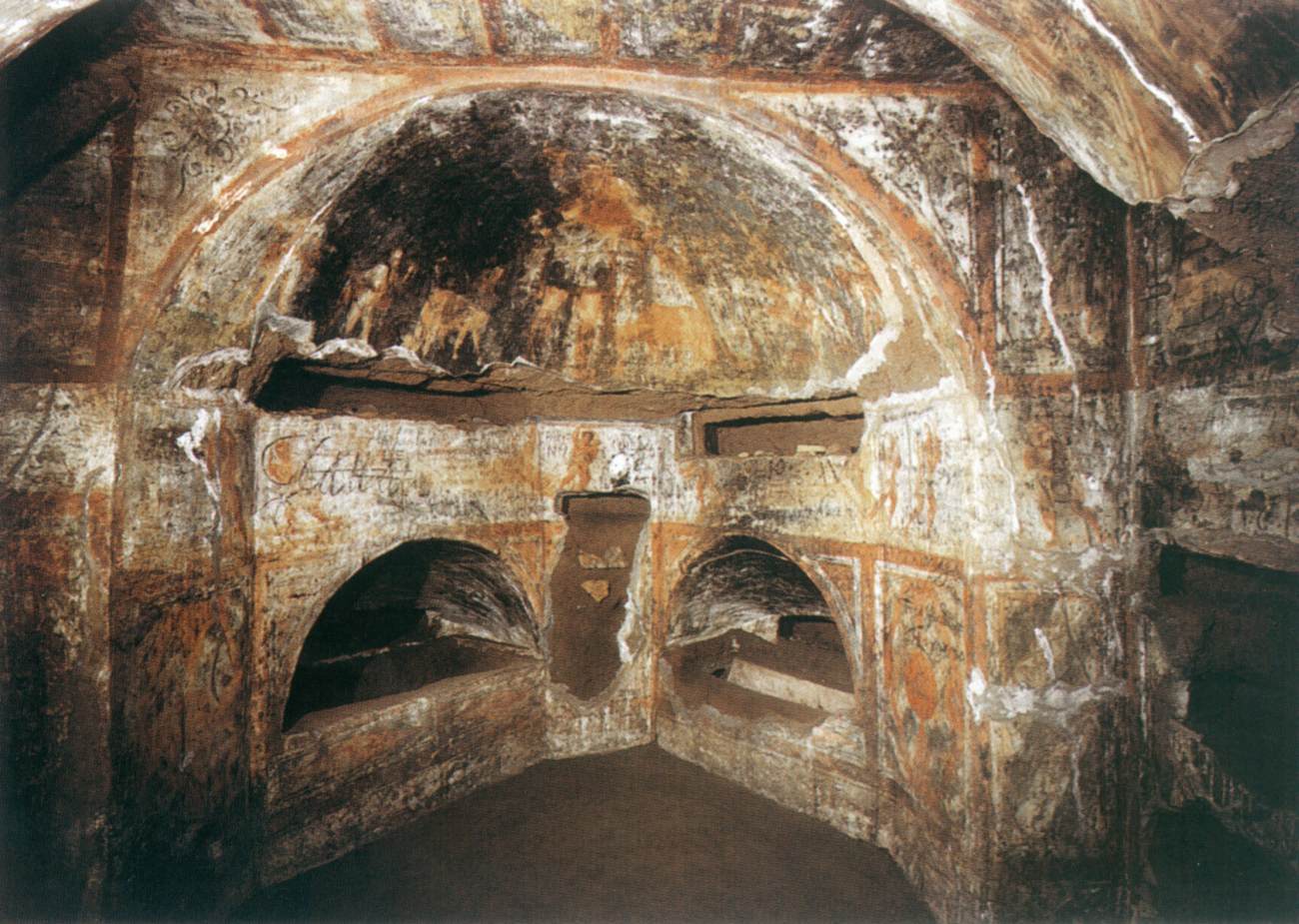5 Fascinating Reasons Catacombs Were Decorated

Delving into the fascinating world of catacombs, one might wonder why these underground burial sites were not only used for the interment of the deceased but also decorated with intricate designs, symbols, and artworks. Catacombs, often associated with early Christian and Roman burials, offer a unique glimpse into the cultures that utilized these vast networks of tunnels and chambers for various purposes. Here, we explore five compelling reasons why catacombs were adorned, shedding light on the traditions, beliefs, and historical contexts behind their decor.
1. Memorialization and Commemoration

Catacombs served as the final resting place for many individuals, especially during times when above-ground burials were not feasible due to space constraints or religious beliefs. Here are some aspects of memorialization and commemoration:
- Personalized Spaces: Each loculus or niche was often decorated with inscriptions or epitaphs, personalizing the space to honor the deceased. These inscriptions could detail the life, family, or virtues of the person buried there.
- Commemorative Art: Paintings, frescos, and stucco work were used to remember not only the individual but also significant events or beliefs held by the community. Images of the deceased, symbols of resurrection, or Christian imagery were common.
- Family Tombs: Families would gather in these spaces to remember their loved ones, often holding commemorative meals or celebrations, making decoration a way to honor and keep alive the memory of their departed.
2. A Symbol of Faith and Beliefs

Religious iconography played a pivotal role in the decor of catacombs, especially those of the Christian faith during the Roman Empire's era:
- Christian Symbolism: Decorations in Christian catacombs often included symbols like the fish (Ichthys), the anchor, the dove, and various scenes from the Bible, serving as declarations of faith.
- Eucharistic Celebrations: Some catacombs were decorated to host Eucharistic celebrations, with areas specifically designed for liturgical use, reflecting the community's commitment to their faith.
- Underground Worship: During times of persecution, catacombs were not just burial grounds but also places of worship, where hidden symbols and art served as secret markers for Christian gatherings.
3. Expression of Art and Craftsmanship

Decoration was also a means to showcase artistic prowess and preserve craftsmanship:
- Architectural Elements: The layout and design of catacombs, with arches, niches, and even small chapels, reflected the architectural knowledge and skill of the time.
- Artistic Flourish: Artists and craftsmen left behind their work, from simple graffiti to elaborate paintings and mosaics, demonstrating the cultural and artistic heritage of the period.
- Workshops and Schools: Some catacombs even had artists' workshops, indicating that these spaces were also centers for learning and practicing art forms.
4. Social Status and Wealth Display

Decoration in catacombs could also signify wealth and social standing:
- Elaborate Tombs: Wealthy families or patrons could afford lavish tombs, with intricate designs, high-quality materials, and even entire rooms dedicated to their deceased.
- Status Symbols: Decorations like marble or porphyry panels, gold leaf work, or detailed sculptures served to indicate the social hierarchy even in death.
- Political Statements: In some instances, decorations served as political statements or gestures to appease the ruling powers, showcasing loyalty or affiliation.
5. Preparing for the Afterlife

Decoration in catacombs could be an expression of beliefs concerning the afterlife:
- Roman Beliefs: Romans believed in an underworld; decorations might help guide souls or show respect to the gods of the dead.
- Christian Resurrection: Symbols of resurrection and life after death, like peacocks, grapevines, and phoenixes, indicated a belief in an afterlife where souls would reunite.
- Providing Comfort: Families might decorate graves to ensure their loved ones had a comfortable journey to the next world, reflecting the care for the deceased's soul.
🌟 Note: While some catacombs were richly adorned, others remained simple, reflecting the economic and social diversity of the societies that used them.
Thus, catacombs weren't merely somber places of burial but vibrant tapestries of human expression, faith, art, and societal hierarchy. They continue to captivate historians and tourists alike, offering a window into the past where death and life, commemoration and celebration, intermingled in intricate subterranean settings. These decorated catacombs stand as testaments to humanity's enduring need to connect with the past, to honor the dead, and to make sense of life's fleeting nature through art and belief.
Why did early Christians choose catacombs for burials?

+
Early Christians chose catacombs for burials due to space limitations in urban Rome, where above-ground burials were prohibited or costly, and because these underground networks provided a safe place for worship during periods of persecution.
What common symbols can be found in Christian catacombs?

+
Common symbols include the fish (Ichthys), anchor (signifying hope or salvation), the dove (representing the Holy Spirit), various scenes from the Bible like the Good Shepherd, Jonah, and Lazarus, and symbols of the Eucharist like bread and wine.
Were catacombs exclusive to Christians?

+
No, catacombs were not exclusive to Christians. Jews, Pagans, and members of other religious groups also used catacombs for burials, though Christians are notably associated with them due to the historical context and prevalence of Christian symbols and art within these sites.



